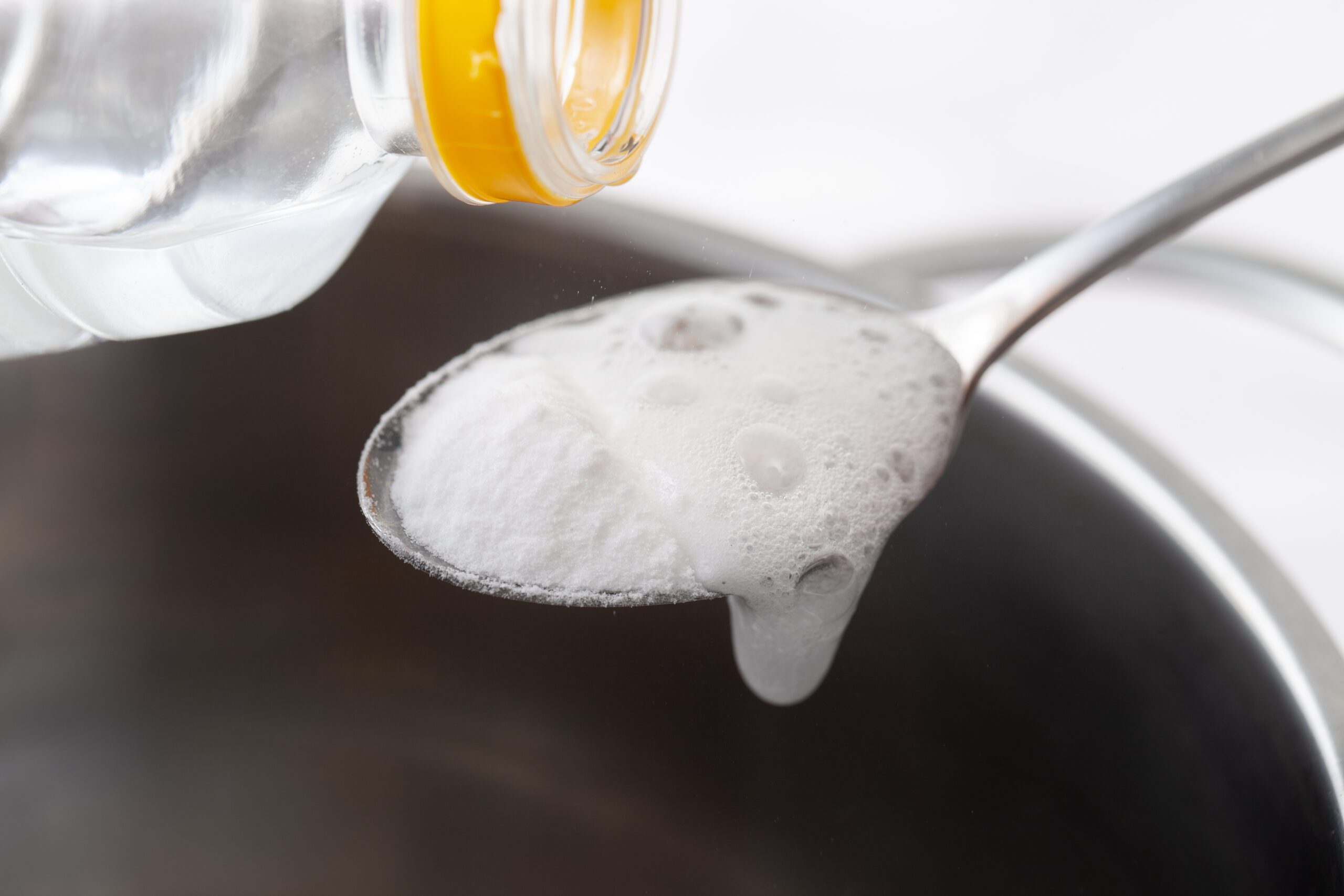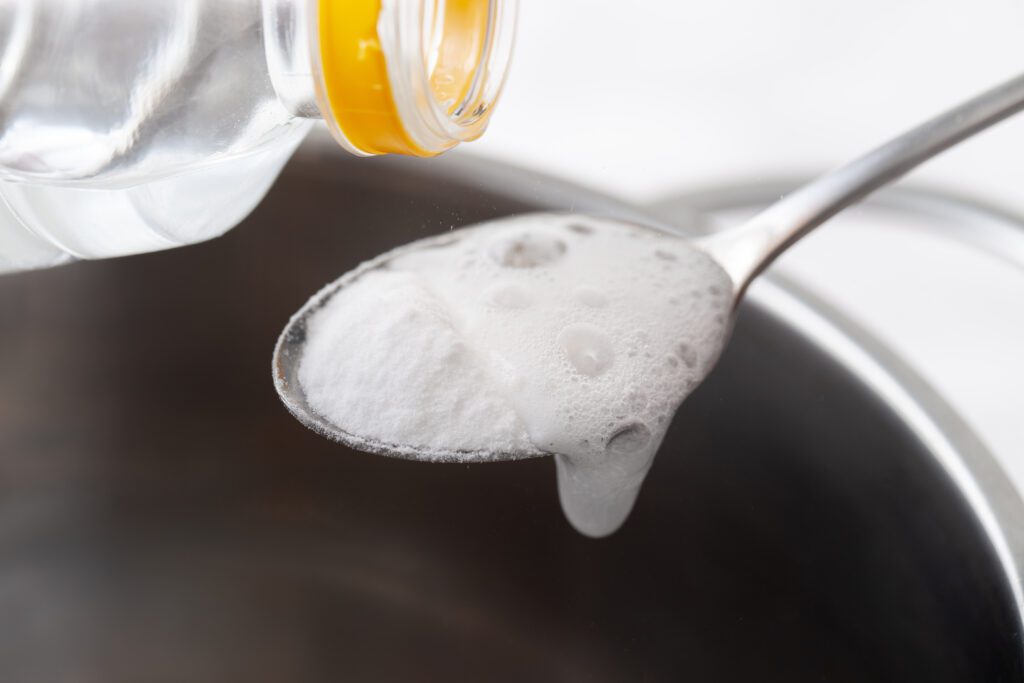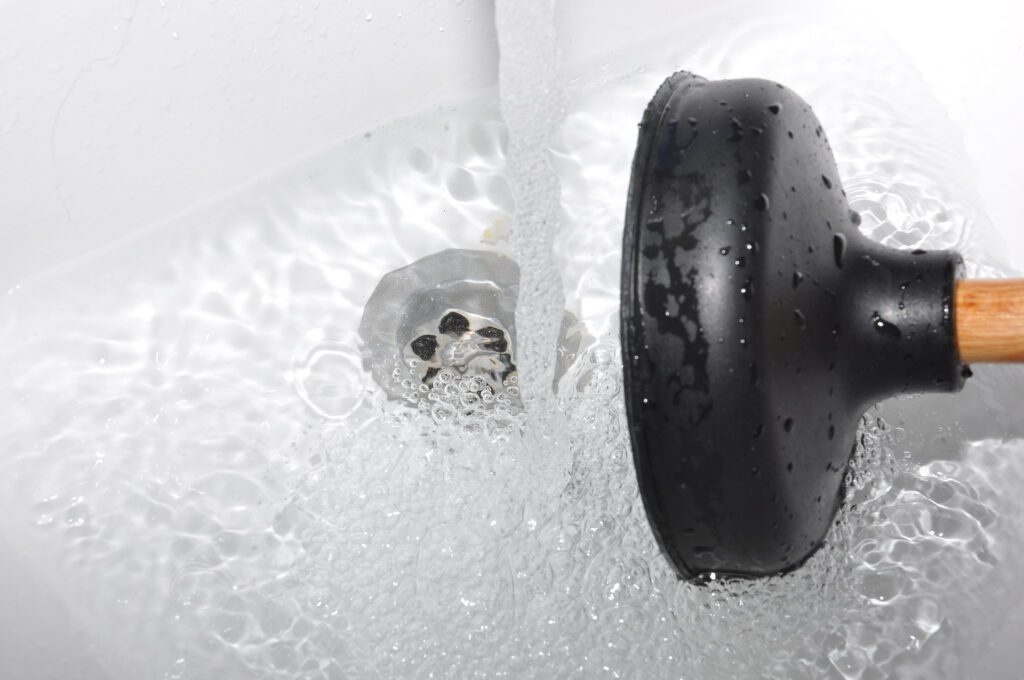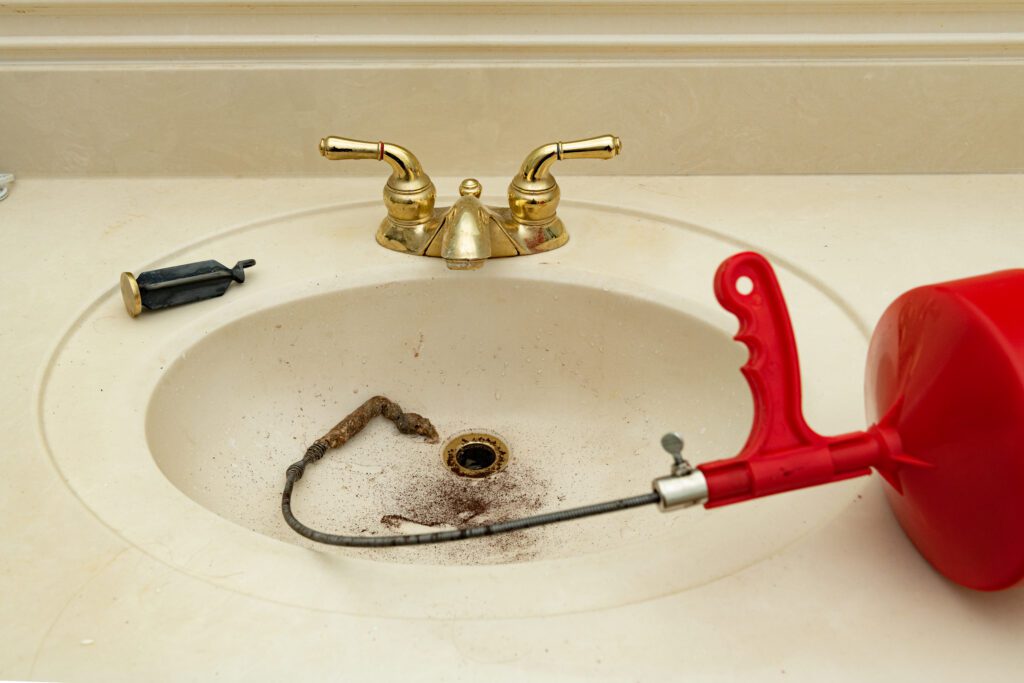

Dealing with a clogged drain pipe can be a frustrating experience that can disrupt your daily routine. Whether it’s in the kitchen sink, bathroom shower, or laundry room, a clogged drain pipe can lead to unpleasant odors, slow drainage, and even potential water damage if left untreated. In this blog post, we will explore five effective solutions to help you get unstuck from your clogged drain pipe and restore proper functionality to your plumbing system.
A straightforward yet effective approach to addressing a clogged drain pipe involves simply using hot water mixed with dish soap. This method, ideal for tackling minor blockages, leverages the degreasing power of dish soap combined with the force of hot water to dislodge and dissolve clog-causing residue. To begin, boil a substantial amount of water—a full kettle or a large pot should suffice. While waiting for the water to reach boiling point, squirt a generous amount of dish soap directly into the drain. The soap acts as a lubricant and breakup agent for grease and buildup inside the pipe.
Once the water is boiling, carefully pour it into the drain, allowing the hot liquid to work its way through the soap and down the pipe. The heat helps to melt fatty substances and the soap aids in breaking them down, making it easier for the clog to move along the pipes. After allowing the mixture to sit and penetrate the clog for a few minutes, follow up with a flush of cold water. This sudden temperature change can help further dislodge any remaining debris by causing it to contract rapidly.
It’s a simple yet remarkably effective first step in your unclogging efforts, suitable for those instances when you first notice the water draining slower than usual.
Yes, it’s time to bring 9th-grade science class back home!
Believe it or not, one of the most eco-friendly and safe methods to tackle a clogged drain pipe is utilizing the dynamic duo of baking soda and vinegar. This powerful combination works wonders for disintegrating organic buildup and easing mild to moderate blockages without the need for harsh chemicals. To start, measure out one cup of baking soda and pour it directly into the affected drain. Follow this by adding an equal amount of white vinegar. As these two substances interact, they create a bubbling effect that penetrates and breaks down the gunk and grime lodged within your pipes.

Those bubbles you see when mixing baking soda with vinegar? They can actually help you clear your clogged drain pipes!
After introducing the vinegar, you’ll notice the mixture begin to foam–indicating that the reaction is actively working to clear your drain. It’s recommended to let this fizzy solution sit and do its magic for at least 30 minutes. During this time, the combination continuously reacts, effectively softening and breaking apart the clog’s composition. For an optimal outcome, boil a pot of water while you wait. Once the half-hour mark has passed, pour the hot water down the drain. This flushes out the loosened debris, fully clearing the path for water to flow smoothly again.
This method not only respects the environment, but is also gentle on your plumbing system. The natural ingredients ensure that your pipes remain intact, free from the potential damage that chemical cleaners can inflict. It’s a simple, yet highly effective, strategy for restoring drainage efficiency and keeping your pipes in pristine condition without resorting to more invasive (literally) procedures.
For those unexpected and stubborn drain blockages, the proper use of a plunger can offer a surprisingly effective solution. It’s important to select the right type of plunger for the job—sink plungers have a flat bottom, while toilet plungers feature a flanged bottom that helps create a better seal around the drain. Do not use a toilet plunger on your sink! You will likely only experience frustration (and odor) if you do!

Remember, look for the flat bottom—not the flanged bottom—when seeking a sink plunger for your clogged drain pipes!
To begin the process, fill the sink or tub with enough water to submerge the sink plunger’s head, ensuring that you have an adequate seal and enough liquid to generate the necessary suction. Firmly press the plunger over the drain opening to eliminate any air pockets, which can reduce the effectiveness of the plunging action.
Once you have a tight seal, use a vigorous up-and-down motion to create suction in the drain. This action helps to loosen and break apart the clog, allowing water to flow through and clear the obstruction. Persistence is key, as it might take several attempts to dislodge the blockage fully. For dual-sink setups in kitchens, it’s advisable to seal off the second sink’s drain with a wet cloth or a stopper to ensure the pressure is directed solely at the clog.
While often overlooked, this manual technique can be quite powerful for moderate clogs. Remember, the goal is to use the pressure created by the plunger to push the clog through, not just to move it around, so be consistent and patient with your efforts.
When faced with a clog that defies simpler methods, reaching for a plumbing snake or auger might be your next best step. These specialized tools are adept at navigating the twists and turns of your clogged drain pipes, allowing you to tackle the most stubborn blockages directly. To use a plumbing snake, carefully insert the tool into the drain until you encounter resistance, which likely indicates the presence of a blockage. At this point, you’ll want to gently rotate the snake, allowing its flexible coil to either break apart the obstruction or hook onto it so it can be extracted from the pipe.

Using a plumbing snake on your clogged drain pipes should be reserved for more severe issues; consider professional help if you are unsure about proper usage!
It’s important to proceed with caution to avoid damaging your plumbing; it can seem daunting for those unfamiliar with properly using a plumbing snake. The tool must be handled with a delicate balance of force and finesse; pushing too hard could harm your pipes, while being too gentle might not adequately address the blockage. If you’re hesitant or the clog proves too challenging, this might be the time to consider professional help.
A plumbing professional has the experience and equipment to remove the clog with minimal risk to your plumbing system. Additionally, they can provide insights into the cause of the clog, offering guidance on how to prevent similar issues in the future. Whether you decide to tackle the job yourself or enlist the expertise of a professional, addressing severe clogs with a plumbing snake or auger can be a highly effective solution, ensuring your pipes remain free-flowing and functional.
Maintaining clear drain pipes is key to avoiding the inconvenience and potential expenses associated with clogs. Adopting daily habits such as installing drain strainers in sinks and showers can significantly reduce the risk of blockages by catching hair, soap scum, and other debris before they enter your plumbing system. It’s also wise to educate everyone in your household about what shouldn’t go down the drain—specifically, grease, oil, and coffee grounds are notorious for creating stubborn clogs and should be disposed of properly in the trash. Regularly flushing your drains with boiling water can help dissolve any buildup of soap or fat that might start accumulating.
However, not all clogs can be prevented or easily resolved with home remedies. If you encounter a blockage that resists your attempts to clear it, or if you notice recurring issues, these could be signs of deeper or more complex plumbing problems. In such cases, professional intervention is necessary. Plumbers have access to advanced tools and have the expertise to diagnose and solve problems efficiently, minimizing the risk of damage to your pipes or property. Early detection and professional repair can prevent minor issues from escalating into major plumbing emergencies. Recognizing when to switch from DIY efforts to calling in a professional is essential for the health and longevity of your plumbing system.
Navigating the challenge of a clogged drain pipe doesn’t have to be overwhelming. With a thoughtful approach, employing either household remedies or specialized tools, you can alleviate the obstruction and maintain the efficiency of your plumbing. Options like the hot water and dish soap technique or the natural solution of baking soda and vinegar offer accessible and environmentally-friendly ways to address blockages. For more persistent issues, utilizing a plumbing snake or considering professional assistance ensures that even the toughest clogs can be managed effectively.
Embracing preventive measures further safeguards your plumbing against future blockages. Understanding when it’s time to escalate your efforts from DIY fixes to professional help is crucial in protecting your plumbing infrastructure. By staying informed and prepared, you can confidently handle clogged drain pipe dilemmas, ensuring the smooth operation of your home’s plumbing system. If those stubborn clogs require professional help, our expert team can advise and assist 24/7.